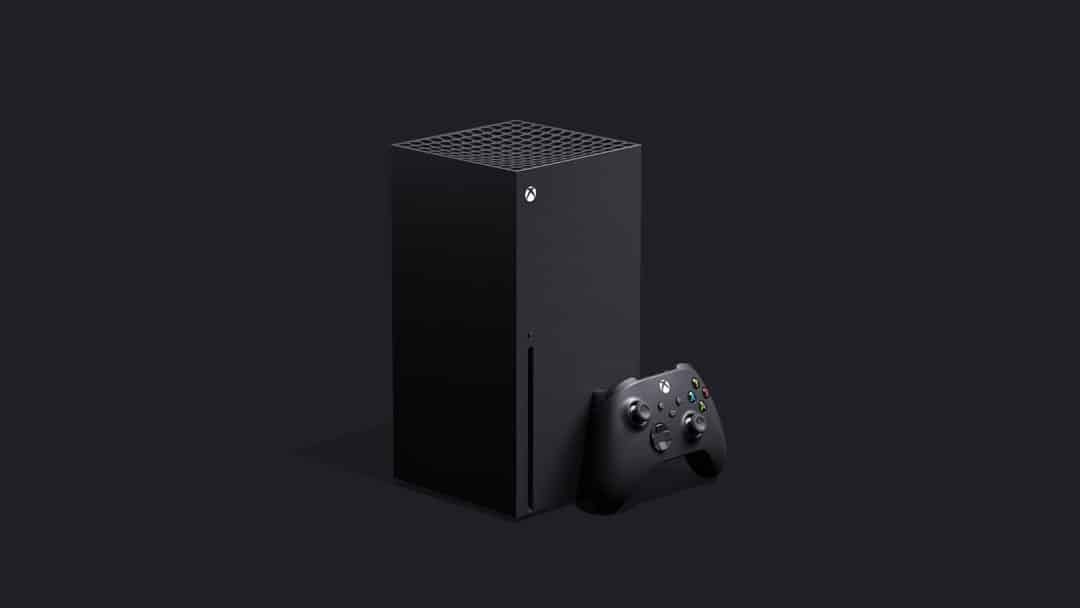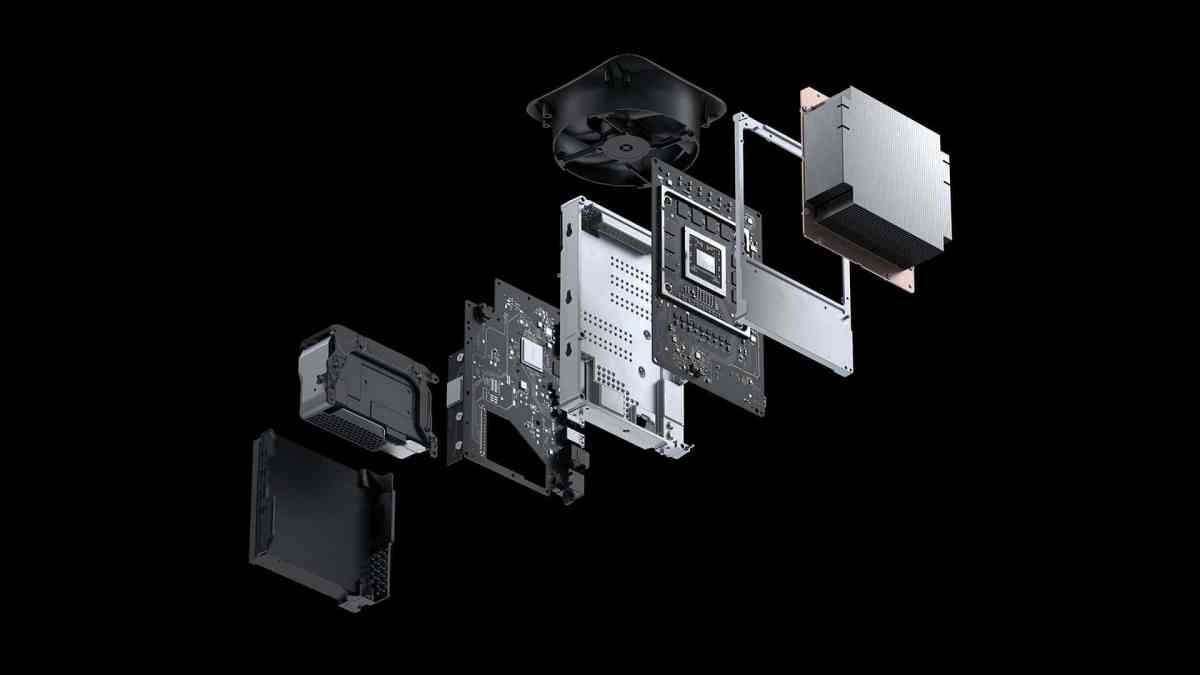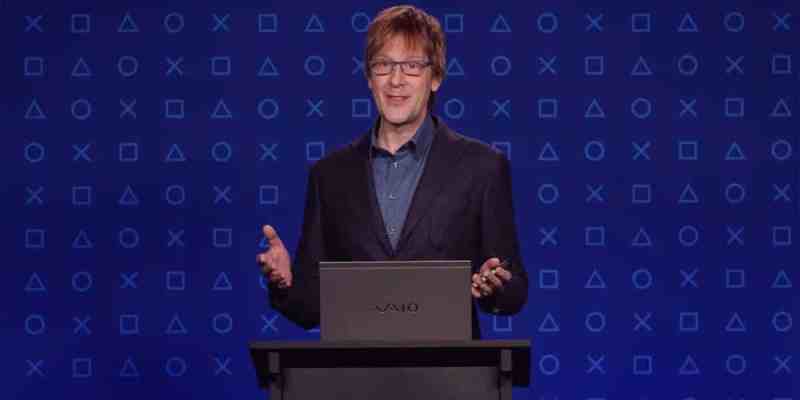The lead-up to new console launches is always an exciting time. As we get to experience some of the finest games our trusted old hardware has to offer, we simultaneously get a chance to glimpse into what the next 5-10 years of gaming will have in store for us. With both Xbox Series X and PlayStation 5 most likely (more on that later) coming out by the end of 2020, Microsoft and Sony each have a chance to convince the general public why their specific box is worth the investment. But with all of this, I can’t help but feel like this road to the next generation of consoles has been, for lack of a better word, really weird.
Let’s start with Microsoft, who’s been much more active in giving out Xbox Series X updates. At E3 2019, they announced that “Project Scarlett” would arrive in late 2020, gave some high-level specs, and revealed that Halo Infinite would be a cross-gen launch title for the new console in addition to releasing on Xbox One. Jump forward a few months to The Game Awards in December 2019, and we got our first look at the console itself, now named Xbox Series X. Then last month, Head of Xbox Phil Spencer wrote a blog post on Xbox Wire that once again highlighted technical elements of the hardware like teraflops and dynamic latency input, but also some more grounded news, like a continued focus on backwards compatibility and Smart Delivery.
One would’ve assumed at that point that the next time we would hear from Microsoft regarding the Series X would be at a full E3-like reveal, including some demos of actual games. But earlier this week, Microsoft partnered with the incredibly talented folks at Digital Foundry to deliver an exhaustive breakdown on what’s going on under the hood of the new console. The piece is super fascinating for developers or fans with a wide knowledge and passion for how the hardware works. But anyone hoping for a simple “what are the new video games and how do they look” kind of presentation was left a bit unsatisfied.

That brings us to Sony, who earlier today gave us the most in-depth look of the PlayStation 5 we’ve had so far. Sony began promoting this event yesterday, when it shared the news that that PS5 lead architect Mark Cerny would be providing a “deep dive into PS5’s system architecture, and how it will shape the future of games.” Sony fans have been craving news on the upcoming console, especially given how much Microsoft has already shared about the Xbox Series X. So nearly 750,000 people tuned in to watch what was very clearly explained from the moment the video started to be an hour-long tech talk intended for Game Developers Conference (GDC).
The annual GDC is one of the many events that was canceled/postponed due to the COVID-19 pandemic. Unlike consumer-facing shows like E3 or Gamescom, GDC is traditionally a chance for people who actually make video games to spend a week teaching, learning, reflecting, and prognosticating on where the medium is going to take us in the future. It’s not an event meant for the general consumer, given how so many of the talks dive deep into specific disciplines of game design that would go completely over the heads of most of us. Thus, hundreds of thousands of people who play video games tuned in to watch Cerny give a talk about PlayStation 5 aimed at people who make video games.
This wasn’t the first time Cerny spoke about the PlayStation 5 in Mensa-level terms. Nearly a year ago, Wired chatted with him about what the then-unnamed console would be capable of. Again, for the average consumer who’s excited for Grand Theft Auto VI and their yearly dose of Madden and Call of Duty, this piece may as well have been written in Latin.
Flash forward to earlier this year at CES 2020: Once again, fans got hyped up for a major PlayStation reveal during Sony’s annual keynote, only to come away with the news that the console would be called PlayStation 5 and a glimpse of its logo. To the surprise of few, the logo looked like the PS4 logo with a different number at the end.

Some of the blame has to be placed on us for artificially getting our hopes up. Sony has been open and honest with what it’s been showcasing, and despite promoting events like today’s stream on its social channels, it has delivered exactly what it said it would. But it’s hard not to be disappointed when you think back to this point in 2013, the year that the PS4 was released. The February 20, 2013 PlayStation 4 reveal event provided us an in-depth look at not only the hardware, but a ton of the games that we’d be playing on it for years to come. From launch games like Killzone: Shadow Fall, to indies like The Witness, to vaporware like Deep Down, the event succeeded based on the principle of “show, don’t tell,” and that’s what this current road to next-gen has been missing.
So much more than in previous generations, it seems like this lead-up to new hardware has been a piecemeal delivery of glimpses at how the sausage gets made. The first part of that makes sense, considering the rise of social media platforms and how these companies now have an easy way to communicate directly with their fanbase without the need of a massive industry event like E3.
The second part is a bit stranger. To 99% of people who will eventually be buying these consoles and playing these games, these technical breakdowns don’t mean a whole lot, in the same way that millions of people can drive and appreciate a car, but far fewer can tell you how the car operates under the hood.
So where do we go from here? Well, a few months ago, the next logical step for Microsoft would’ve been E3, while Sony had already announced earlier this year that it would once again be skipping the show. As I mentioned before, E3 was one of the major events that was recently canceled due to the COVID-19 situation, with Microsoft being one of the companies still committed to delivering a digital event in June. However, given how quickly this situation has evolved, especially in states like Washington where Microsoft is headquartered, there’s no guarantee this still happens. Furthermore, given how much this pandemic has shaken the film industry’s release and production schedules, there’s certainly the possibility that one or both of the new consoles don’t hit their 2020 projections.
The funny thing about this entire lead-up to the new generation is that ultimately none of it will matter in a couple years. Games are going to be what draw people to these new consoles, and the flood of numbers and specs that we’ve been inundated with over the past few months are only going to matter to a relatively small number of folks. But even with that in mind, it’s still been a strange road to the new generation.
